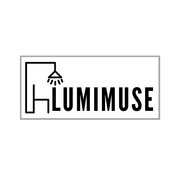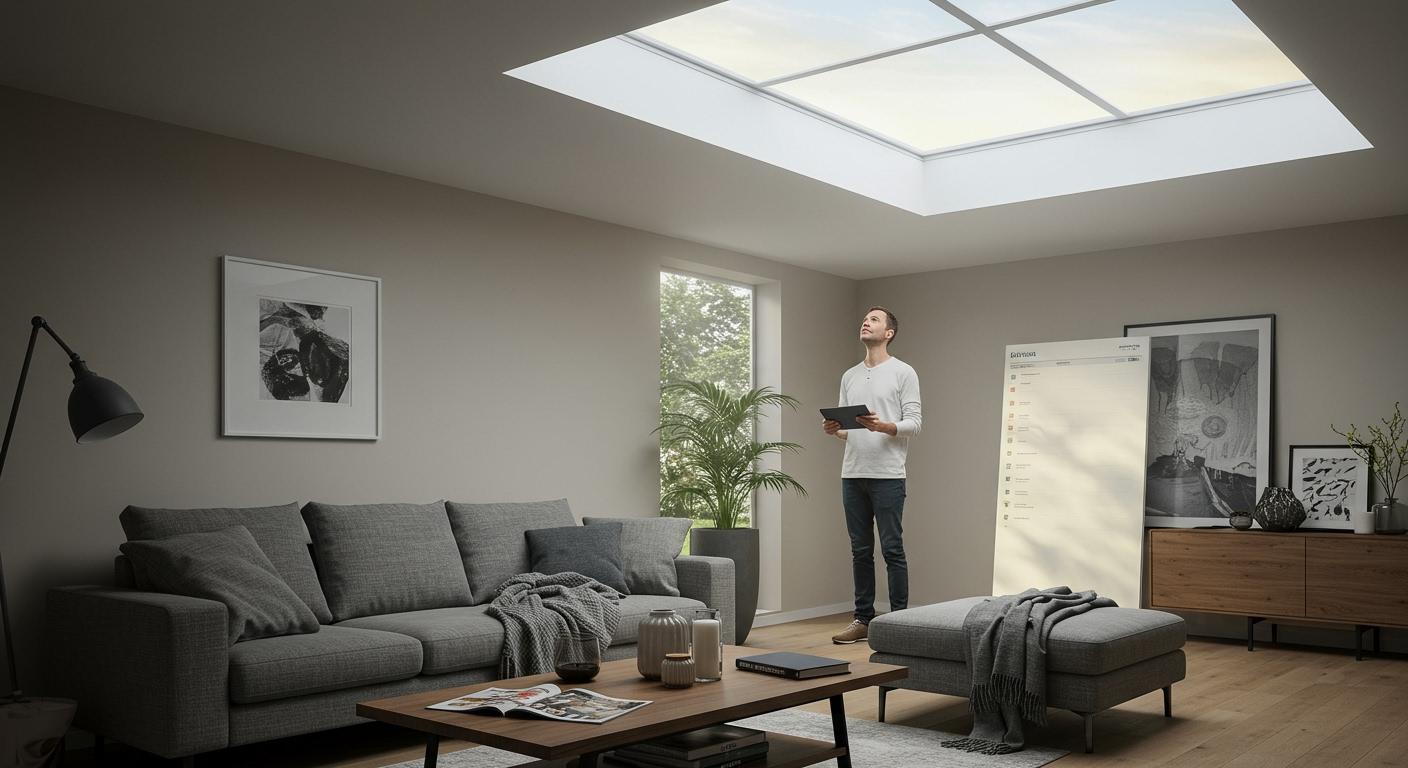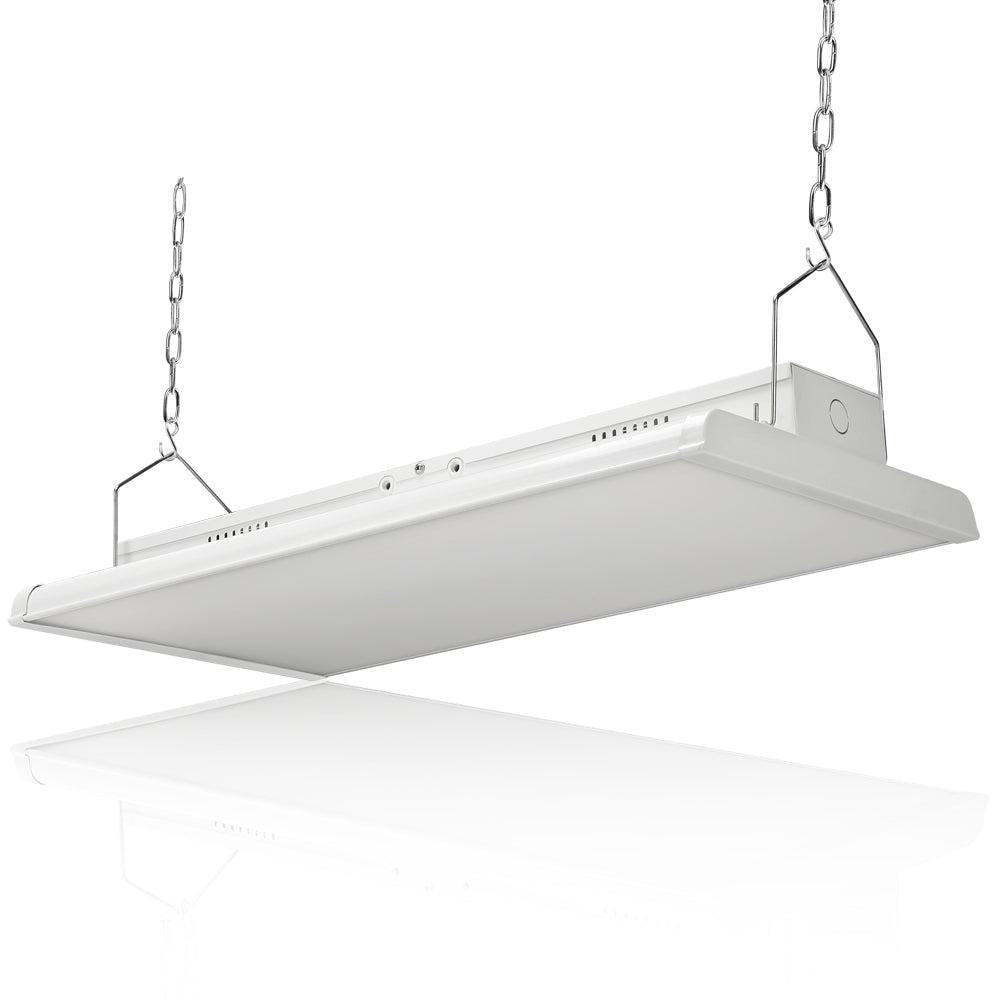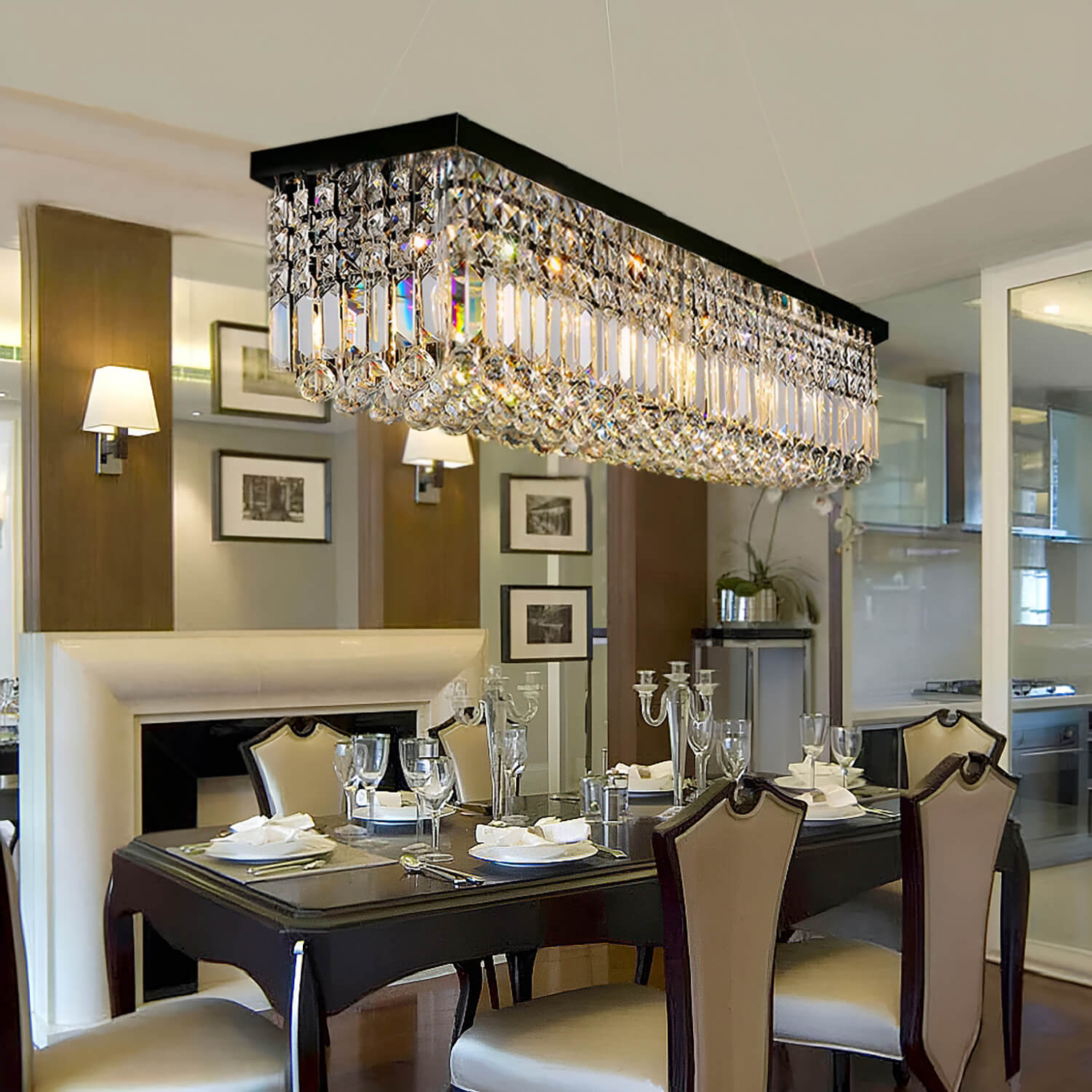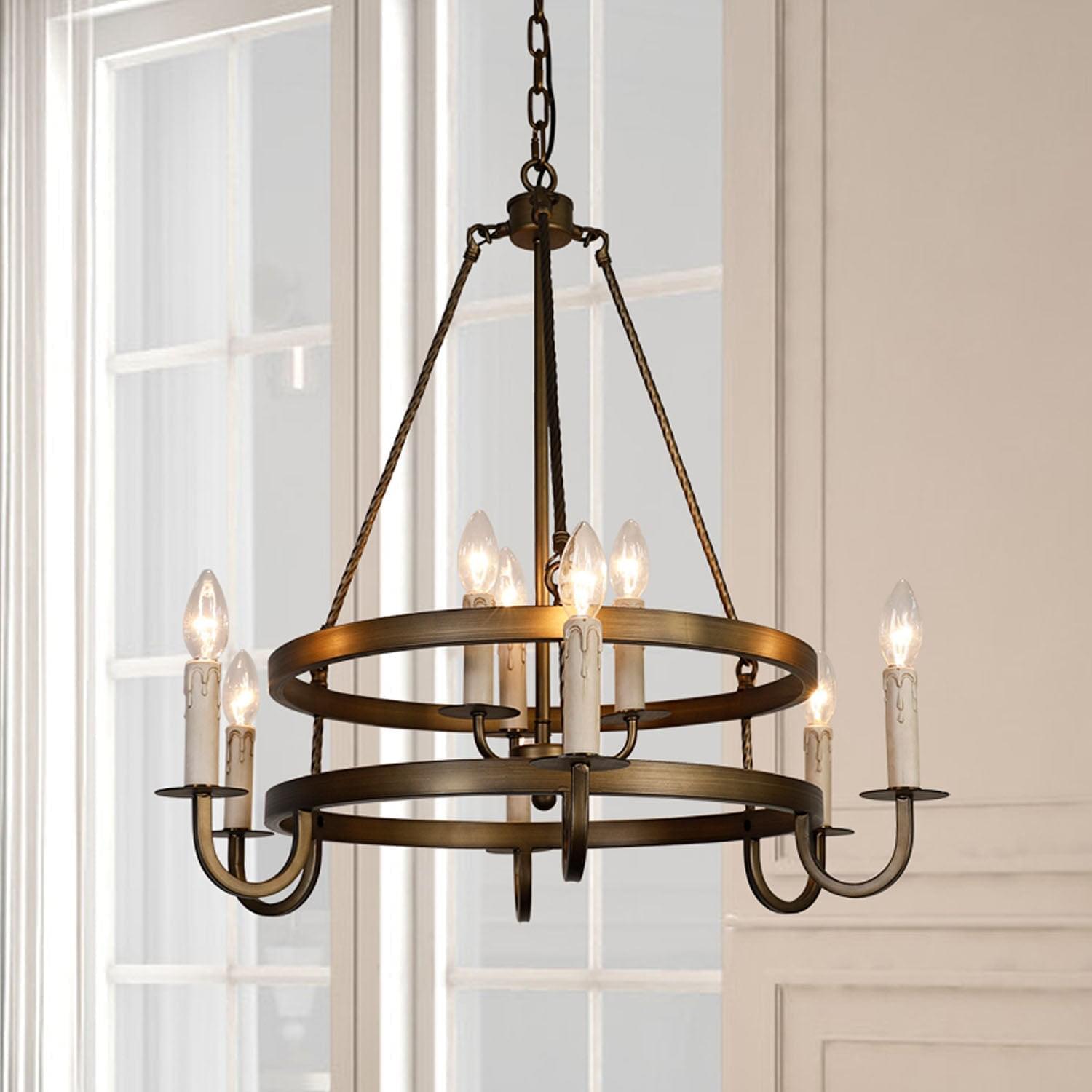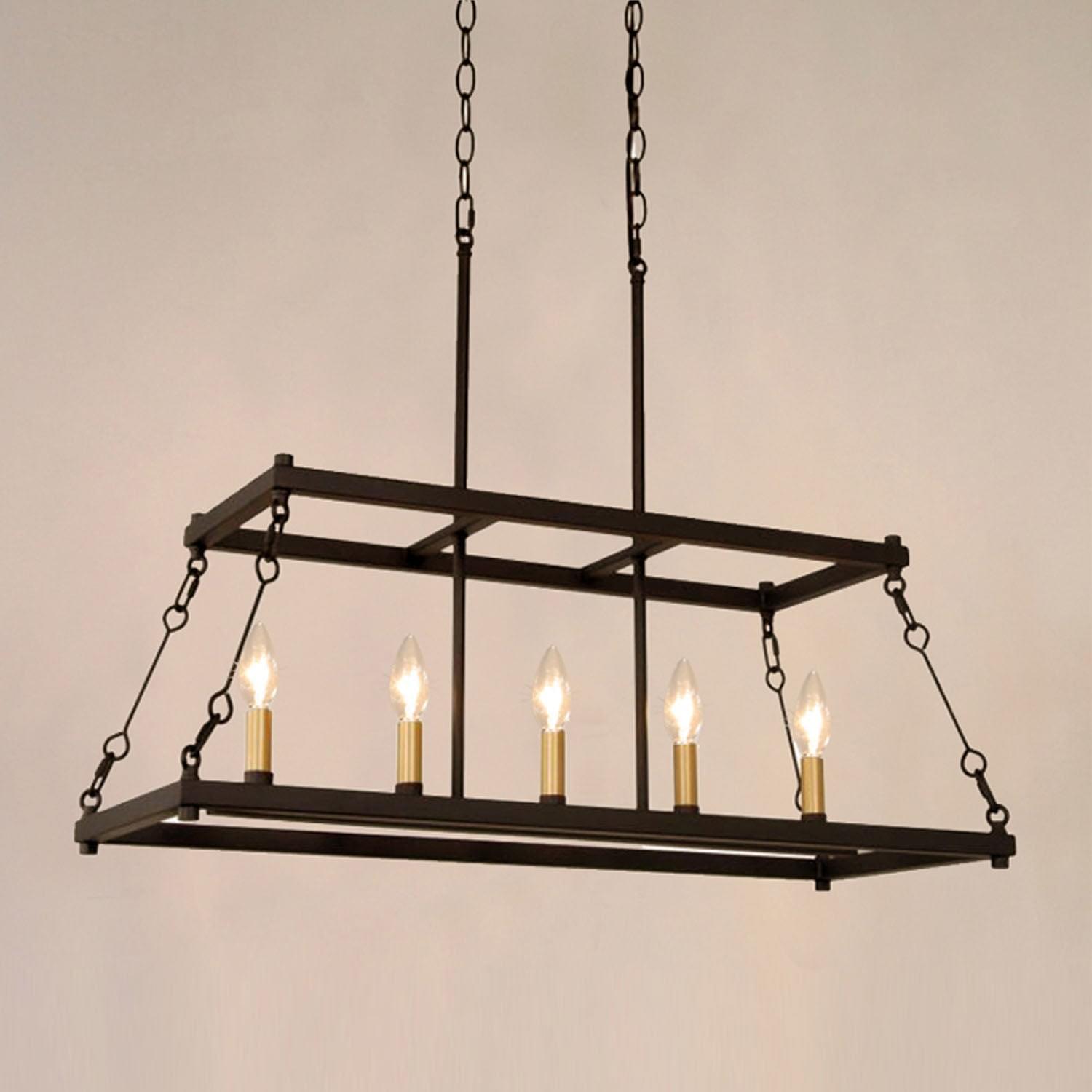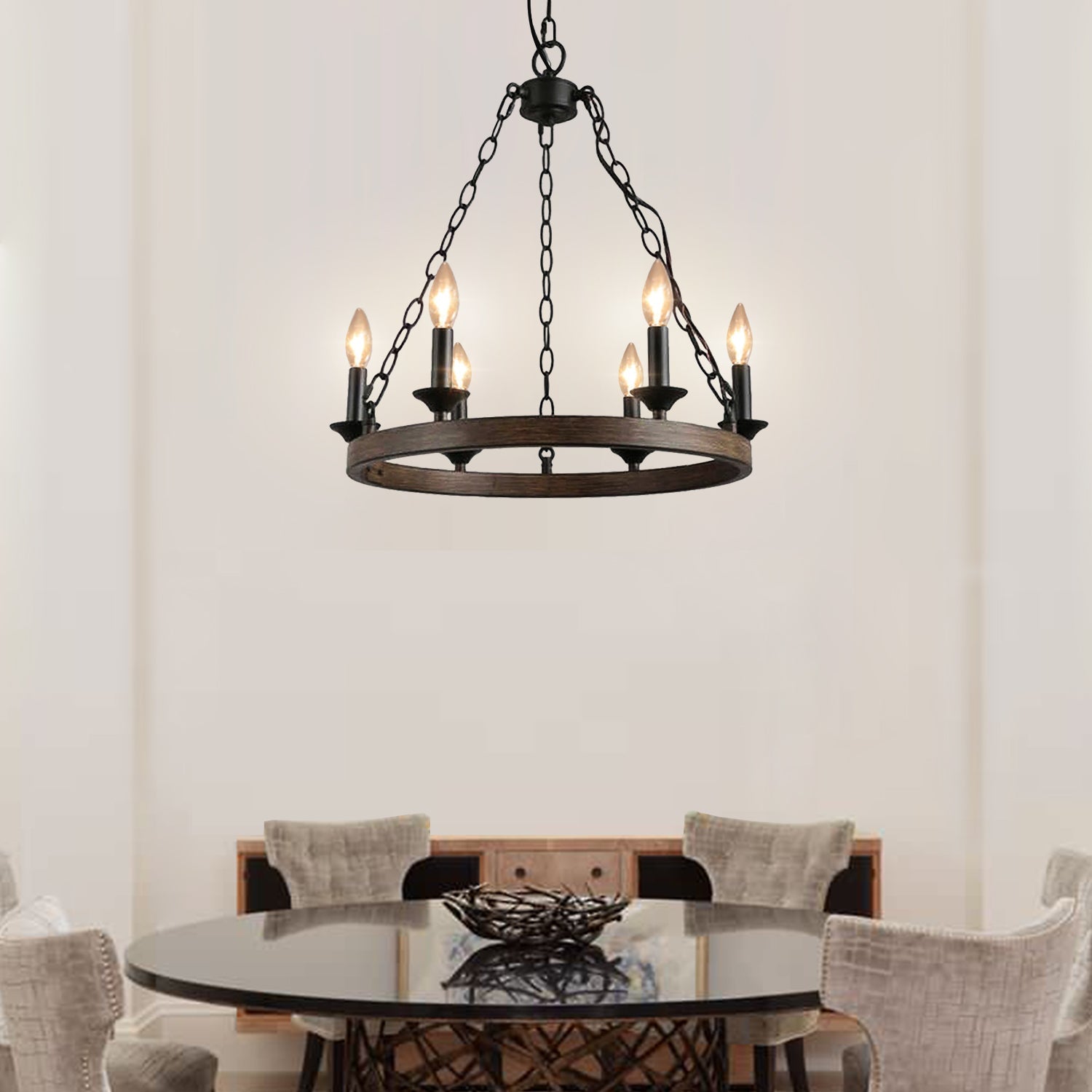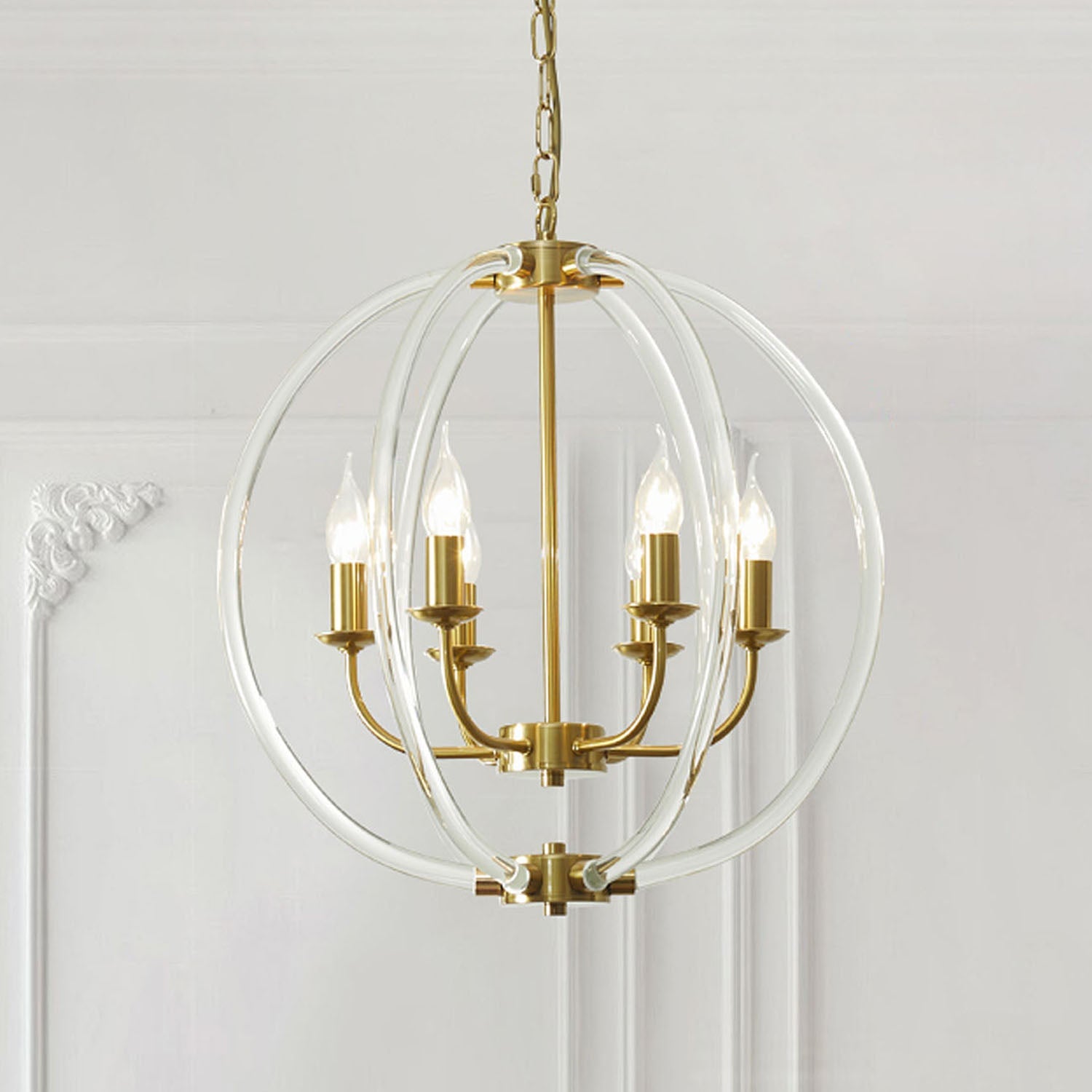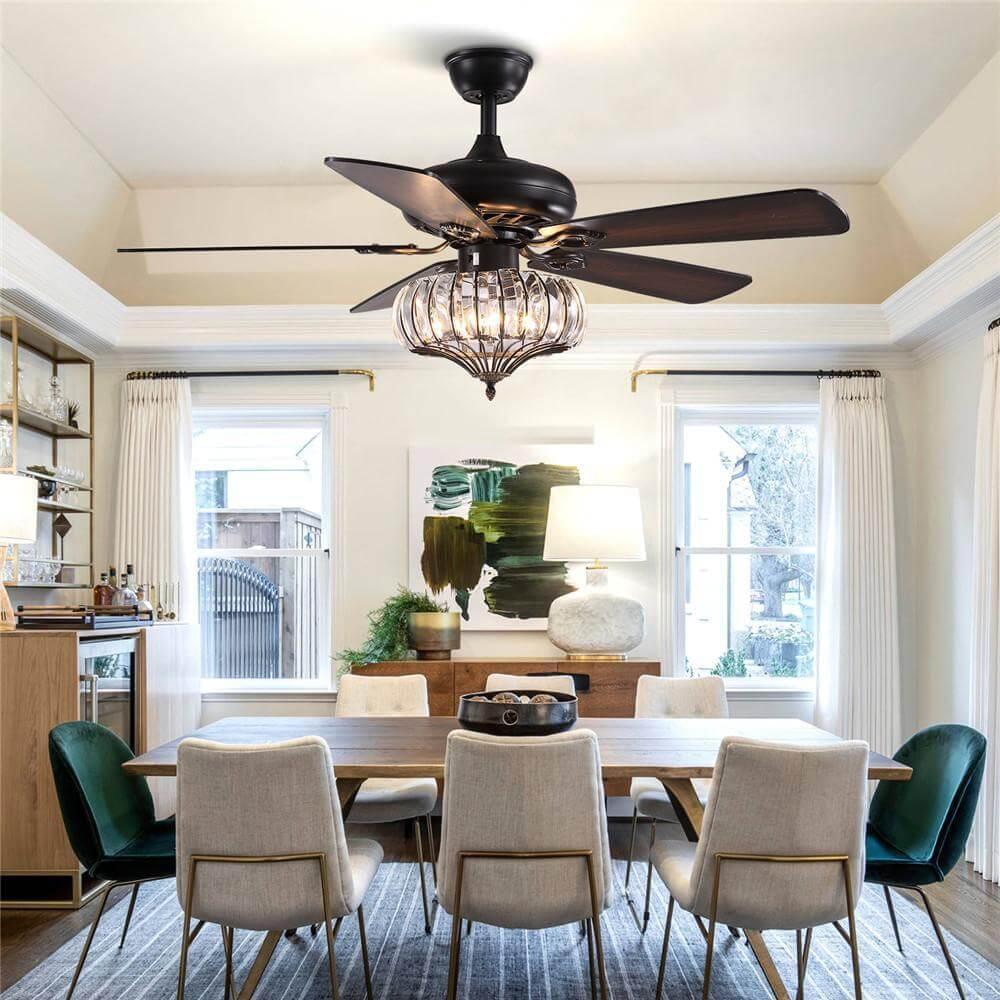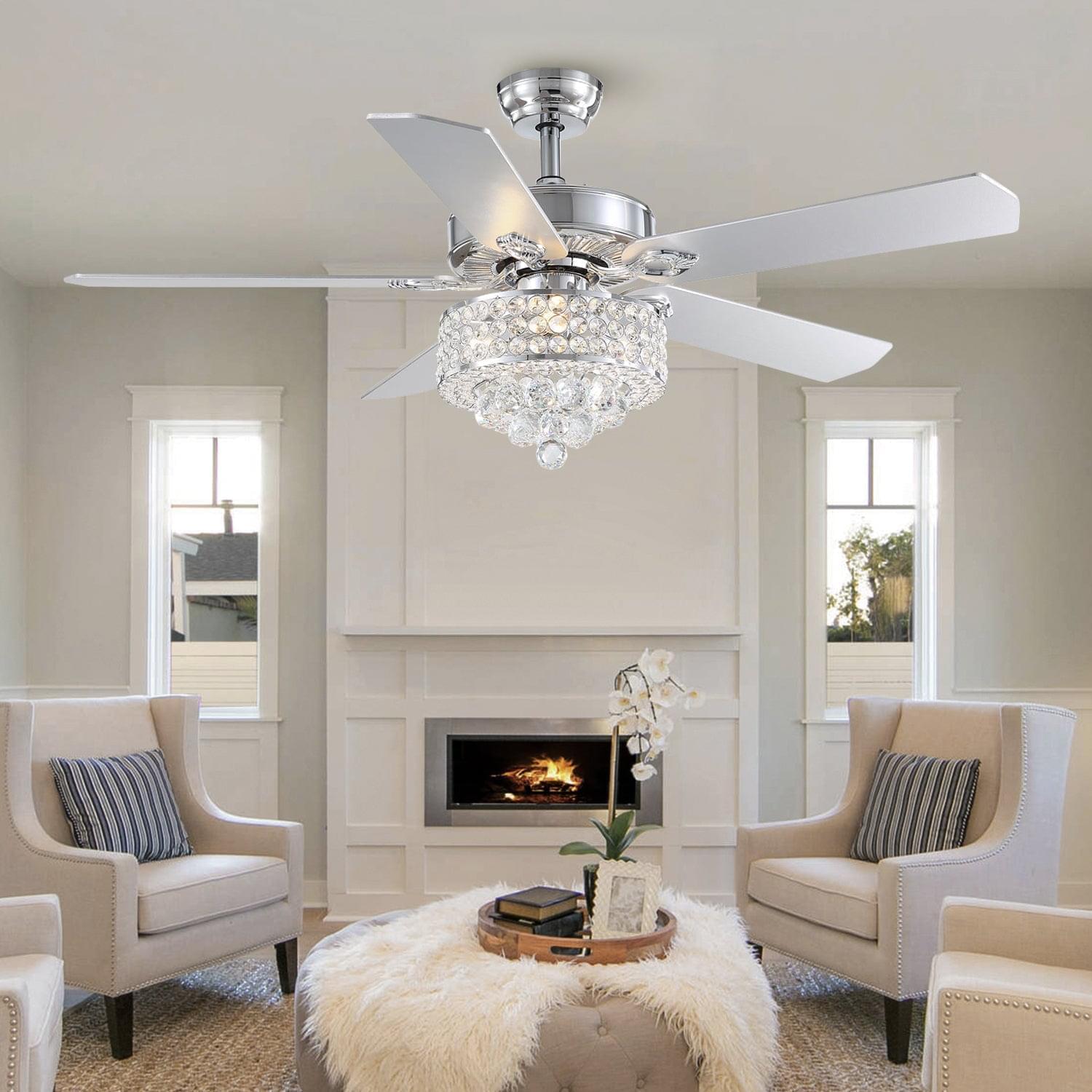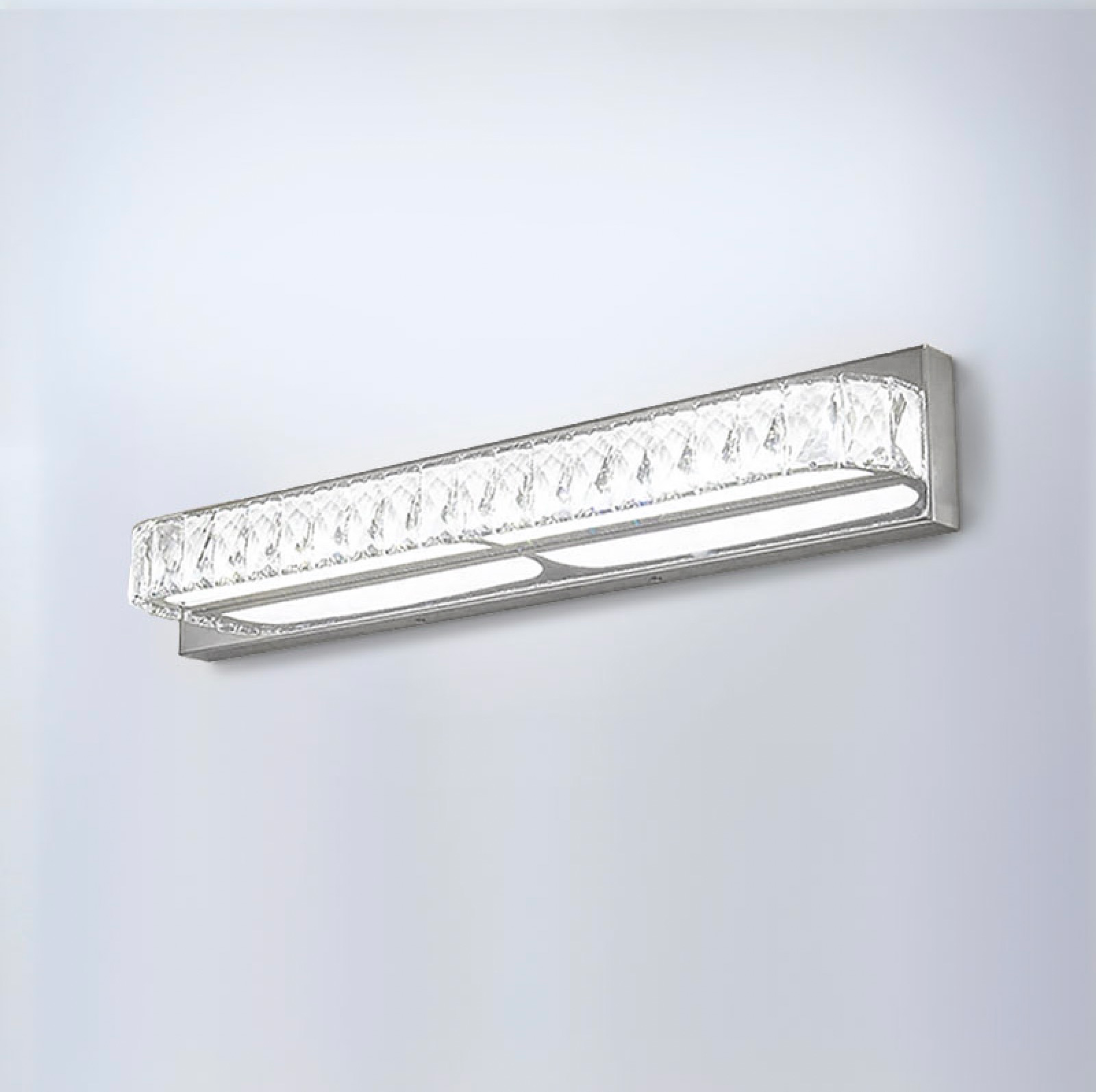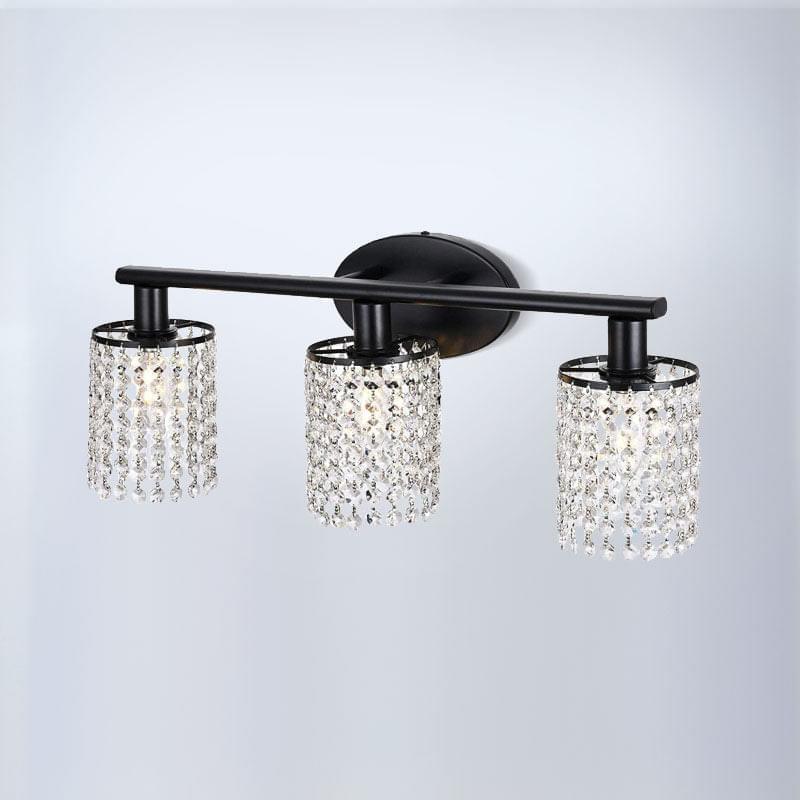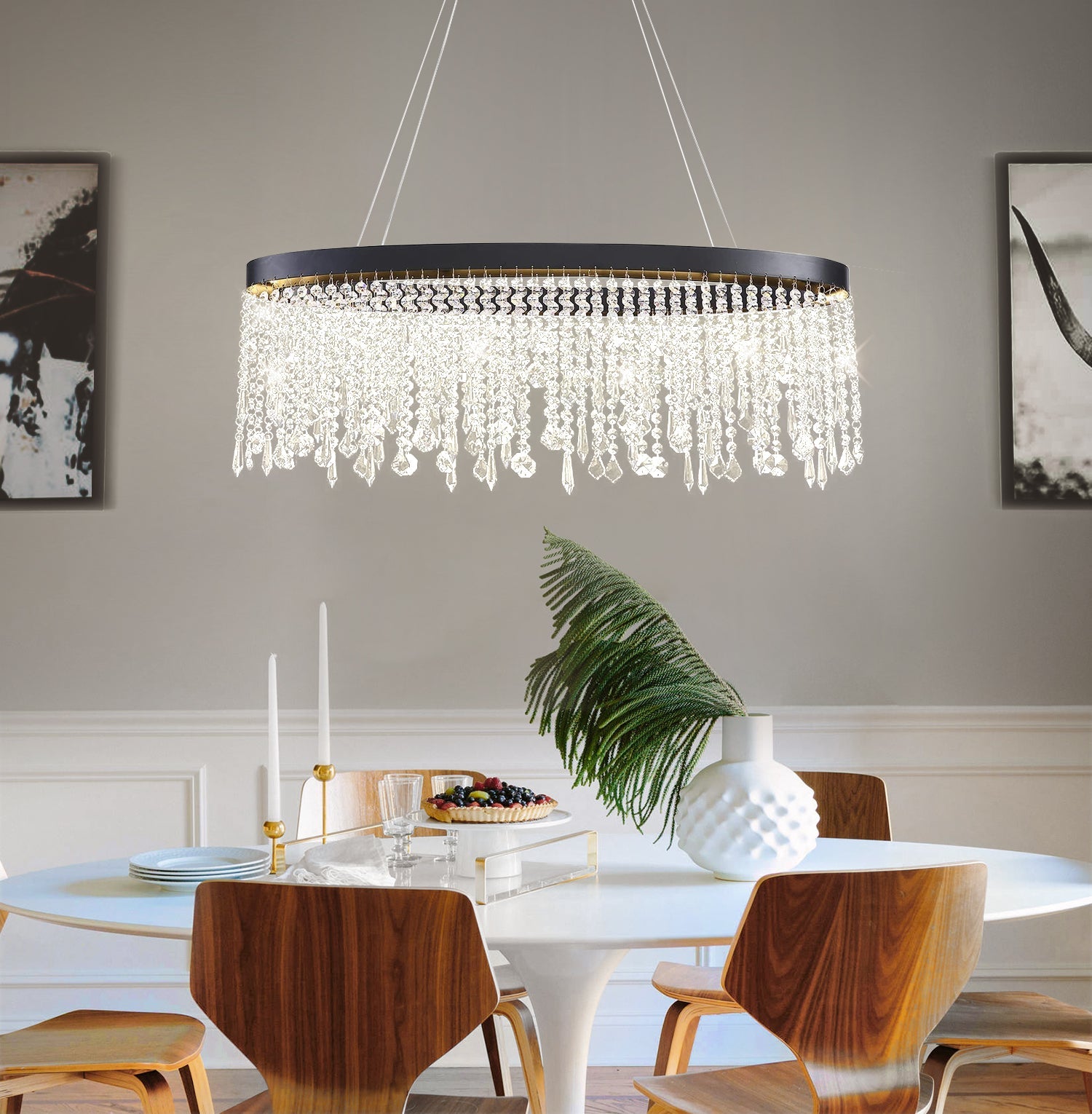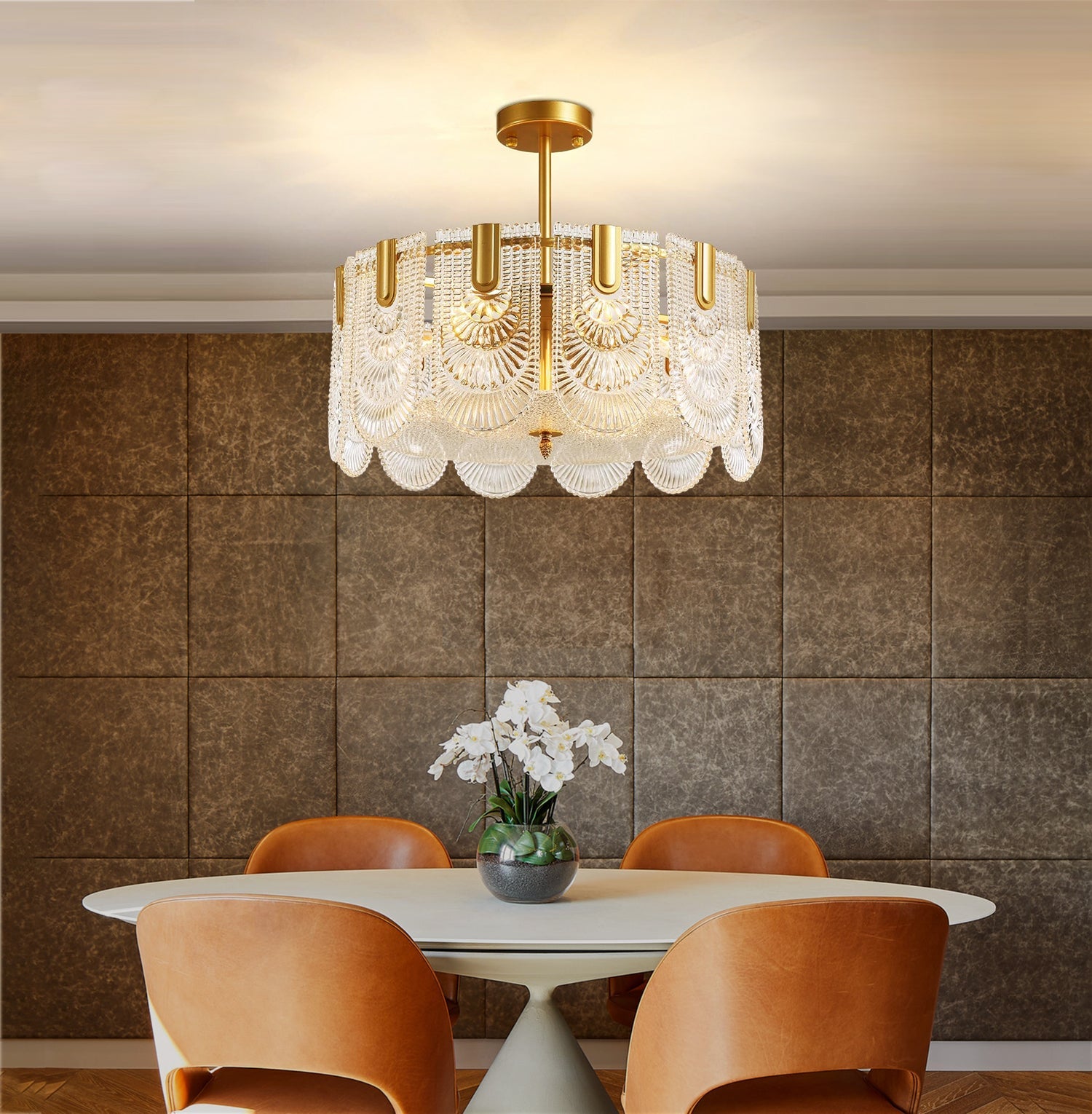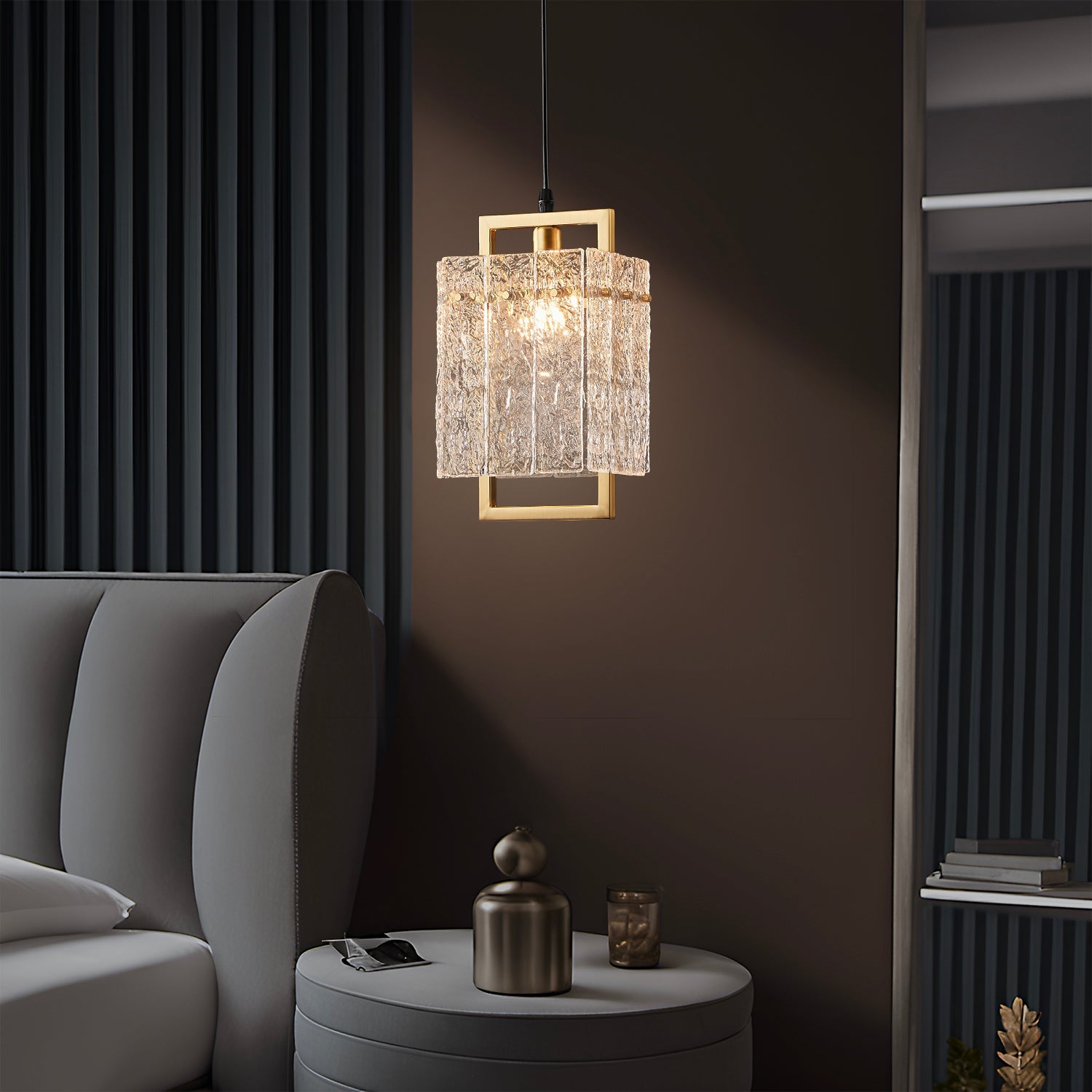Table of Contents
- 1. Introduction to LED Panel Lights
- 2. Types of LED Panel Lights
- 3. Benefits of LED Panel Lights
- 4. Installation Methods for Different Ceiling Types
- 5. Applications in Different Spaces
- 6. How to Choose the Right LED Panel Light
- 7. LED Panel Lights vs. Traditional Lighting
- 8. Frequently Asked Questions
- 9. Conclusion and Final Recommendations
1. Introduction to LED Panel Lights
Are your office spaces, retail establishments, or even home interiors suffering from inadequate, outdated lighting? LED panel lights have revolutionized the way we illuminate interior spaces, offering sleek designs coupled with exceptional functionality. These modern lighting solutions have rapidly gained popularity in recent years due to their superior efficiency, aesthetic appeal, and versatility.
According to recent industry data, the global LED panel light market is expected to grow at a CAGR of 13.1% from 2025 to 2032. This remarkable growth is driven by increasing awareness of energy conservation and the shift toward sustainable lighting solutions in both commercial and residential sectors.
LED panel lights are flat, slim lighting fixtures that use Light Emitting Diodes as their light source. Unlike traditional fluorescent fixtures that can be bulky and inefficient, LED panels provide uniform, glare-free illumination while maintaining a minimalist profile that seamlessly integrates into any ceiling design.
In this comprehensive guide, we'll explore everything you need to know about LED panel lights—from the different types available to installation methods for various ceiling types, their numerous benefits, and how to select the perfect panel for your specific needs.

Modern LED panel light designed for drop ceiling installation
2. Types of LED Panel Lights
Understanding the different types of LED panel lights available on the market can help you make an informed decision for your specific lighting requirements. Each type has unique characteristics that make it suitable for different applications and environments.
2.1 Edge-lit Panels
Edge-lit LED panels are the most common type found in commercial and residential settings. In these fixtures, LEDs are mounted along the edges of the panel, and the light is directed inward toward a light guide plate (LGP). The LGP then distributes the light evenly across the panel's surface.
Key features of edge-lit panels include:
- Ultra-slim profile (typically 8-12mm thick)
- Uniform light distribution
- Minimal glare
- Elegant, modern appearance
- Ideal for areas with limited ceiling depth
Edge-lit panels are perfect for office environments, retail spaces, and modern residential settings where aesthetics are as important as functionality.
2.2 Back-lit Panels
Back-lit LED panels feature LEDs arranged behind the diffuser, creating direct illumination. These panels are slightly thicker than edge-lit options but offer some distinct advantages.
Key features of back-lit panels include:
- Higher light output compared to edge-lit panels
- Better energy efficiency
- Moderate thickness (typically 20-30mm)
- More affordable than edge-lit options
- Excellent for high-ceiling applications
Back-lit panels are commonly used in spaces requiring higher illumination levels, such as warehouses, factories, schools, and healthcare facilities.
2.3 Direct-lit Panels
Direct-lit LED panels have LEDs evenly distributed across the entire back surface of the panel. This arrangement provides exceptional brightness and uniform light distribution.
Key features of direct-lit panels include:
- Maximum brightness and light output
- Excellent uniformity
- Thicker profile (typically 30-50mm)
- Higher power options available
- Ideal for areas requiring intense illumination
These panels are particularly well-suited for commercial kitchens, industrial spaces, and areas where task lighting is critical.
Pro Tip:
For modern office environments with standard ceiling heights, edge-lit panels provide the best combination of aesthetics and performance. For spaces with high ceilings or areas requiring brighter illumination, consider back-lit or direct-lit options.
3. Benefits of LED Panel Lights
LED panel lights offer numerous advantages over traditional lighting systems like fluorescent tubes or older LED options. Understanding these benefits can help justify the initial investment and demonstrate the long-term value these modern fixtures provide.
3.1 Energy Efficiency
One of the most significant advantages of LED panel lights is their remarkable energy efficiency. LED technology has revolutionized lighting by drastically reducing power consumption while maintaining or improving illumination quality.
LED panels consume up to 80% less energy than traditional fluorescent lighting fixtures of comparable brightness. This translates to substantial savings on electricity bills, especially in commercial settings where lights may operate for 10+ hours daily.
A typical 45W 2×2 LED panel can replace an 85W fluorescent fixture while providing equivalent or better illumination. For a building with 100 fixtures operating 10 hours daily, this could result in annual savings of approximately $1,400 on energy costs alone.

Comparison of energy consumption between LED panels and traditional lighting
3.2 Long Lifespan
LED panel lights are built to last, with typical lifespans ranging from 50,000 to 100,000 hours of operation. To put this in perspective:
- A high-quality LED panel operating 8 hours daily can last over 17 years
- Traditional fluorescent tubes typically last 10,000 to 20,000 hours
- Incandescent bulbs generally last only 1,000 to 2,000 hours
This extended lifespan translates to significantly reduced maintenance costs and fewer replacement cycles. In commercial settings, this means less disruption to business operations and lower labor costs associated with light fixture maintenance.
— Facility Manager at a major corporate office
3.3 Superior Lighting Quality
Beyond efficiency and longevity, LED panel lights offer superior lighting quality that enhances comfort and productivity in any environment.
Key quality benefits include:
- Uniform illumination: LED panels distribute light evenly across their entire surface, eliminating hot spots and dark areas common with other lighting types
- Reduced glare: Quality LED panels feature special diffusers that minimize glare, reducing eye strain and improving comfort
- Customizable color temperature: Available in warm white (2700K-3000K), neutral white (3500K-4000K), and cool white (5000K-6500K) to suit different environments and preferences
- High Color Rendering Index (CRI): Premium LED panels offer CRI ratings of 90+ for accurate color representation
- Instant-on capability: Unlike fluorescent tubes that may flicker or require warm-up time, LED panels provide immediate full brightness
- Flicker-free operation: Quality LED drivers eliminate the imperceptible but potentially harmful flicker associated with fluorescent lighting
These lighting quality improvements have been linked to enhanced productivity, reduced eyestrain, improved mood, and better overall well-being for occupants of spaces illuminated by LED panel lights.
Pros
- 80% less energy consumption than traditional lighting
- 50,000+ hour lifespan (5-10x longer than fluorescents)
- Even, glare-free illumination
- Slim, modern aesthetic
- No hazardous materials (unlike fluorescents with mercury)
- Available in various color temperatures
- Instant full brightness with no warm-up time
Cons
- Higher initial purchase cost
- Professional installation recommended for hardwired models
- Quality varies significantly between manufacturers
- Sensitive to heat (requires proper thermal management)
- Dimmable models may require compatible dimmers
4. Installation Methods for Different Ceiling Types
LED panel lights offer flexible installation options to accommodate various ceiling types and aesthetic preferences. Choosing the appropriate installation method ensures optimal performance and visual appeal.
4.1 Recessed Installation
Recessed installation is the most common method for LED panels, creating a sleek, integrated look where the panel sits flush with the ceiling surface.
For Suspended/Drop Ceilings:
- Turn off power at the circuit breaker
- Remove an existing ceiling tile where you plan to install the panel
- Connect the LED driver to your power supply according to manufacturer instructions
- Place the panel into the grid, ensuring it sits securely on all sides
- Turn the power back on and test the light

Recessed installation in a suspended ceiling grid
For Drywall Ceilings:
- Turn off power at the circuit breaker
- Mark and cut an appropriately sized opening in the ceiling using the template provided
- Install any mounting hardware that came with the panel
- Connect the LED driver to your power supply
- Insert the panel and secure using the spring clips or other mounting mechanism
- Turn the power back on and test the light
Important Note:
For drywall ceiling installations, ensure you have adequate clearance above the ceiling for the LED driver and any required wiring. Most LED panels require at least 3-4 inches of clearance above the ceiling.
4.2 Surface-mounted Installation
Surface-mounted installation is ideal for concrete ceilings or areas where recessed installation isn't possible due to structural limitations or insufficient clearance.
- Turn off power at the circuit breaker
- Attach the mounting frame to the ceiling using appropriate anchors and screws
- Connect the LED driver to your power supply
- Attach the panel to the mounting frame according to manufacturer instructions
- Turn the power back on and test the light

Surface-mounted LED panel installation process
Detailed guide for surface-mounting LED panel lights
4.3 Suspended Installation
Suspended installation uses cables or rods to hang LED panels below the ceiling, creating a floating effect. This method is particularly popular in modern office spaces, retail environments, and areas with high ceilings.
- Turn off power at the circuit breaker
- Install ceiling anchors at the desired positions
- Attach suspension cables or rods to the anchors
- Connect the LED driver to your power supply
- Secure the panel to the suspension cables/rods
- Adjust the cables/rods to achieve the desired height and level position
- Turn the power back on and test the light
Suspended installations offer creative design opportunities, allowing panels to be installed at different heights or angles for dramatic lighting effects.
Pro Tip:
For concrete ceiling installations, use high-quality anchors rated for the combined weight of the panel, mounting hardware, and any potential additional forces. Consider having a professional assess the ceiling structure for safety before installation.
Regardless of the installation method chosen, always consult the manufacturer's specific installation guidelines and consider hiring a licensed electrician for complex installations, particularly when new wiring is required or when working with high ceilings.
5. Applications in Different Spaces
LED panel lights are versatile lighting solutions that can enhance virtually any interior space. Their clean design, uniform illumination, and energy efficiency make them suitable for a wide range of applications.
5.1 Office Environments
In office settings, proper lighting directly impacts productivity, employee well-being, and overall atmosphere. LED panel lights have become the preferred choice for modern office spaces due to their numerous advantages.
Ideal applications include:
- Open-plan offices: Uniform illumination without harsh shadows or glare
- Conference rooms: Dimmable panels for presentations and video conferences
- Workstations: Task-appropriate lighting with reduced screen glare
- Reception areas: Creating a welcoming, professional atmosphere
For office environments, panels with color temperatures between 3500K and 5000K are typically recommended, with higher CRI values (85+) to ensure accurate color rendering and reduce eye strain during extended work hours.
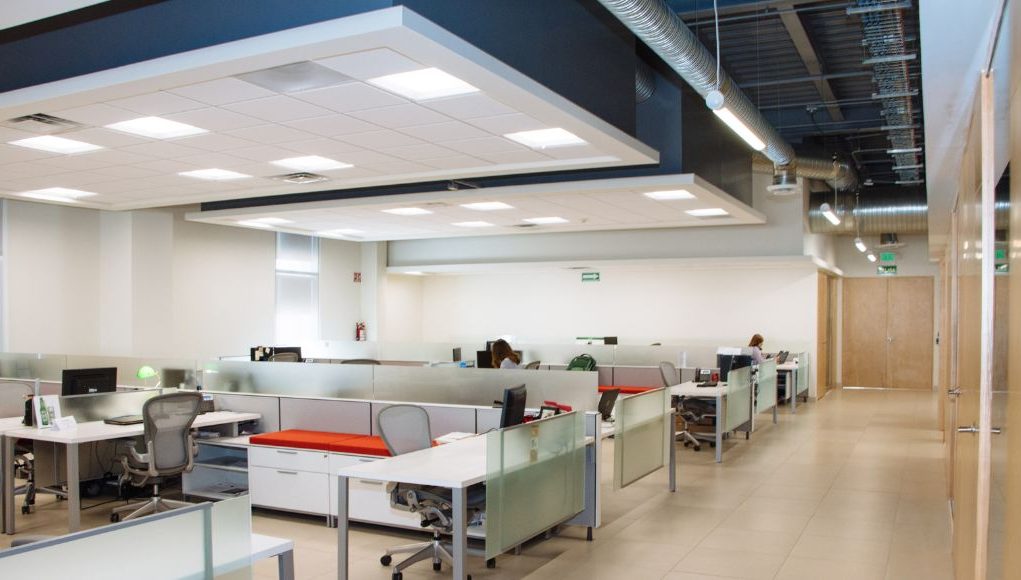
Modern office space illuminated with LED panel lights
5.2 Retail Spaces
Lighting plays a crucial role in retail environments, influencing customer behavior, product perception, and overall shopping experience. LED panel lights offer retailers flexible, efficient lighting solutions that can be tailored to specific merchandising needs.
Key retail applications:
- General store illumination: Clean, consistent lighting throughout the space
- Fitting rooms: Flattering, even lighting with high CRI values
- Display areas: Highlighting merchandise with appropriate color temperatures
- Checkout counters: Task lighting for transaction areas
In retail settings, color temperature selection is particularly important. Clothing stores often benefit from 4000K-5000K lighting to accurately represent colors, while warm white (2700K-3000K) creates a cozy atmosphere for boutiques or specialty stores.
5.3 Residential Settings
While traditionally associated with commercial spaces, LED panel lights are increasingly finding their way into modern homes. Their slim profile and elegant appearance make them suitable for contemporary residential interiors.
Popular residential applications:
- Kitchens: Clean, shadow-free task lighting
- Home offices: Glare-free illumination for computer work
- Basements: Creating the illusion of natural light in windowless spaces
- Bathrooms: Even lighting with options for water-resistant models
- Media rooms: Dimmable panels for adjustable ambiance
For residential applications, warm white to neutral white options (2700K-4000K) are generally preferred, creating a comfortable, inviting atmosphere while still providing adequate illumination for tasks.
| Application | Recommended Panel Type | Ideal Color Temperature | Installation Method | Special Considerations |
|---|---|---|---|---|
| Office Spaces | Edge-lit or Back-lit | 4000K-5000K | Recessed in drop ceiling | High CRI (85+), UGR<19 for computer work |
| Retail | Back-lit or Direct-lit | 3000K-5000K (product dependent) | Recessed or suspended | High CRI (90+) for accurate color rendering |
| Residential | Edge-lit | 2700K-4000K | Surface-mounted or recessed | Dimmable options, slimmer profiles |
| Healthcare | Back-lit | 4000K-5000K | Recessed | IP-rated models, antimicrobial options |
| Educational | Back-lit | 4000K-5000K | Recessed in drop ceiling | Flicker-free, UGR<19, tunable options |
6. How to Choose the Right LED Panel Light
Selecting the appropriate LED panel light for your specific needs requires consideration of several key factors. This systematic approach will help ensure you make an informed decision that balances performance, efficiency, and budget.
-
Size and Dimensions
LED panels come in standard sizes that typically align with ceiling grid dimensions:
- 2' × 2' (595mm × 595mm): Common in office drop ceilings
- 2' × 4' (595mm × 1195mm): Larger coverage area, often used in commercial spaces
- 1' × 4' (295mm × 1195mm): Suitable for corridors and narrow spaces
- 1' × 1' (295mm × 295mm): Small areas or accent lighting
Measure your space accurately and consider the existing ceiling grid if applicable.
-
Brightness (Lumens)
The brightness of LED panels is measured in lumens. As a general guideline:
- Offices: 30-40 lumens per square foot
- Retail spaces: 40-50 lumens per square foot
- Task areas: 50-75 lumens per square foot
- Residential rooms: 20-30 lumens per square foot
A standard 2' × 2' LED panel typically produces 3000-5000 lumens, while a 2' × 4' panel can deliver 4000-7000 lumens.
-
Color Temperature
Color temperature, measured in Kelvin (K), affects the mood and functionality of a space:
- Warm White (2700K-3000K): Creates a cozy, relaxing atmosphere; ideal for residential spaces and hospitality
- Neutral White (3500K-4000K): Balanced lighting suitable for versatile spaces; good for retail and mixed-use areas
- Cool White (5000K-6500K): Energizing, daylight-like illumination; best for offices, classrooms, and task-oriented spaces
Some premium panels offer tunable white technology, allowing adjustment of color temperature as needed.
-
Color Rendering Index (CRI)
CRI measures how accurately a light source reveals the true colors of objects compared to natural light (scale of 1-100):
- CRI 80-85: Standard quality, sufficient for general lighting
- CRI 85-90: Good quality, recommended for offices and residential spaces
- CRI 90+: Excellent quality, ideal for retail, art displays, and color-critical applications
Higher CRI values result in more natural-looking colors but may come at a premium price.
-
Energy Efficiency
Evaluate the efficacy of the panel, measured in lumens per watt (lm/W). Higher values indicate greater efficiency:
- 80-100 lm/W: Basic efficiency
- 100-130 lm/W: Good efficiency
- 130+ lm/W: Excellent efficiency
Look for panels with energy certifications like ENERGY STAR or DesignLights Consortium (DLC) qualification, which may also make them eligible for utility rebates.
-
Dimming Capabilities
If lighting flexibility is important, consider panels with dimming functionality:
- 0-10V Dimming: Common in commercial applications
- TRIAC Dimming: Compatible with many residential dimmers
- DALI: Digital addressable lighting interface for advanced control systems
- Smart Controls: Wi-Fi or Bluetooth-enabled panels that can be controlled via smartphone apps
Verify dimmer compatibility before purchase to avoid flickering or performance issues.
-
Driver Quality
The LED driver is a critical component that directly affects performance and longevity:
- Look for panels with drivers from reputable manufacturers
- Check for certifications like UL, ETL, or CE
- Consider driver lifespans (should match or exceed the panel's rated lifespan)
- Ensure the driver is flicker-free (flicker percentage below 5%)
Important Note:
Don't compromise on driver quality to save costs. The driver is often the first component to fail in LED panel systems, and a high-quality driver can significantly extend the overall lifespan of your lighting investment.
When comparing products, remember that the lowest price may not represent the best value in the long run. Consider the total cost of ownership, including energy savings and reduced maintenance, when evaluating different panel options.
7. LED Panel Lights vs. Traditional Lighting
Understanding how LED panel lights compare to traditional lighting options can help justify the investment and highlight the tangible benefits these modern fixtures provide.
| Feature | LED Panel Lights | Fluorescent Troffers | Incandescent Fixtures |
|---|---|---|---|
| Energy Efficiency | Excellent (100-160 lm/W) | Moderate (50-100 lm/W) | Poor (10-18 lm/W) |
| Lifespan | 50,000-100,000 hours | 10,000-20,000 hours | 1,000-2,000 hours |
| Light Quality | Uniform, flicker-free | Often uneven with flickering | Warm but uneven |
| Heat Output | Minimal | Moderate | High |
| Environmental Impact | No hazardous materials | Contains mercury | High energy waste |
| Initial Cost | Higher | Moderate | Low |
| Operating Cost | Very low | Moderate | High |
| Instant Start | Yes | No (warm-up period) | Yes |
| Dimming Capability | Excellent (with compatible drivers) | Limited (requires special ballasts) | Good |
Return on Investment (ROI) Analysis
While LED panel lights have a higher upfront cost compared to traditional lighting options, the long-term savings often justify the initial investment. Consider this example for a typical office space with 50 fixtures:
Case Study: Office Retrofit from Fluorescent to LED Panels
Scenario: 50 fixtures, operating 10 hours per day, 5 days per week, 52 weeks per year
Fluorescent System (2×4 troffers)
- Energy: 85W per fixture
- Annual energy usage: 22,100 kWh
- Annual energy cost: $2,652 (at $0.12/kWh)
- Replacement cycle: Every 3-4 years
- Maintenance costs: $1,000/year
LED Panel System (2×4 panels)
- Energy: 45W per fixture
- Annual energy usage: 11,700 kWh
- Annual energy cost: $1,404 (at $0.12/kWh)
- Replacement cycle: 12+ years
- Maintenance costs: $200/year
Annual Savings:
- Energy savings: $1,248
- Maintenance savings: $800
- Total annual savings: $2,048
Initial Investment:
- 50 LED panels at $120 each: $6,000
- Installation: $2,500
- Less utility rebates: -$1,500
- Net investment: $7,000
Payback Period: 3.4 years
10-Year Savings: $20,480 (after accounting for initial investment)
This analysis demonstrates that despite the higher initial cost, LED panel lights typically pay for themselves within 2-4 years, after which they continue to generate significant savings for years to come.
— Retail Operations Director
8. Frequently Asked Questions
Are LED panel lights suitable for residential applications?
Absolutely! While initially popular in commercial settings, LED panel lights are increasingly being used in modern homes. They're particularly well-suited for kitchens, home offices, basements, and other areas where clean, uniform lighting is desired. For residential use, consider panels with warmer color temperatures (2700K-3500K) and dimming capabilities to create a comfortable atmosphere.
How do I know what size and brightness of LED panel I need?
Start by measuring your space and determining the standard panel size that fits your ceiling grid or available space. For brightness, calculate the recommended lumens based on your space's function: multiply the square footage by 30-40 lumens for general lighting, 40-50 for retail spaces, or 50-75 for task areas. For example, a 150 sq ft office would need approximately 4,500-6,000 lumens total.
Can LED panel lights be installed in bathrooms or other humid environments?
Yes, but you need to select panels with appropriate IP (Ingress Protection) ratings. For bathrooms and humid environments, look for fixtures rated at least IP44 (protected against water splashes). For areas with direct water exposure, IP65 or higher is recommended. Always check local building codes, as some jurisdictions have specific requirements for lighting in wet areas.
Are LED panel lights dimmable?
Many LED panel lights are dimmable, but not all. Always check the product specifications before purchase. Dimmable panels require compatible dimming systems—typically 0-10V, TRIAC, DALI, or smart wireless systems. Using non-compatible dimmers can cause flickering, premature failure, or reduced performance. If dimming capability is important for your application, look for panels specifically labeled as dimmable and verify compatibility with your existing or planned control systems.
What is the typical lifespan of an LED panel light, and how does it compare to traditional lighting?
Quality LED panel lights typically have a rated lifespan of 50,000 to 100,000 hours, significantly outperforming traditional lighting options. By comparison, fluorescent tubes generally last 10,000 to 20,000 hours, while incandescent bulbs only last 1,000 to 2,000 hours. In practical terms, an LED panel operating 8 hours daily should last approximately 17-34 years, compared to 3-7 years for fluorescent tubes and less than a year for incandescent bulbs.
9. Conclusion and Final Recommendations
LED panel lights represent a significant advancement in lighting technology, offering an impressive combination of energy efficiency, aesthetic appeal, and performance benefits. As we've explored throughout this guide, these versatile fixtures provide solutions for virtually any indoor lighting challenge while delivering substantial long-term value.
Key Takeaways
- Energy efficiency: LED panels consume up to 80% less energy than traditional lighting, translating to significant cost savings over time.
- Longevity: With lifespans of 50,000+ hours, LED panels drastically reduce maintenance requirements and replacement frequency.
- Lighting quality: The uniform, glare-free illumination provided by LED panels enhances visual comfort and contributes to better productivity and well-being.
- Installation flexibility: Whether recessed, surface-mounted, or suspended, LED panels can adapt to virtually any ceiling type and aesthetic requirement.
- Environmental benefits: Lower energy consumption means reduced carbon emissions, while the absence of hazardous materials like mercury makes LED panels a more environmentally responsible choice.
Final Recommendations
When investing in LED panel lighting, consider these final recommendations to ensure you receive maximum value:
- Prioritize quality over initial cost: Higher-quality panels with reputable drivers will deliver better performance and longevity, resulting in greater long-term value despite higher upfront costs.
- Select appropriate specifications for your space: Pay careful attention to size, brightness, color temperature, and CRI requirements based on the specific application.
- Consider future needs: If your lighting requirements might change, invest in dimmable or tunable models that offer flexibility.
- Explore available incentives: Many utility companies and government programs offer rebates or incentives for LED lighting upgrades, which can significantly offset initial costs.
- Work with reputable suppliers: Choose panels from established manufacturers that offer comprehensive warranties and technical support.
Pro Tip:
When planning a significant LED panel installation, consider conducting a small pilot project first. Install panels in a limited area to verify performance, appearance, and user satisfaction before committing to a full-scale implementation.
Looking Ahead: The Future of LED Panel Lighting
The LED lighting industry continues to evolve rapidly, with several emerging trends worth monitoring:
- Human-centric lighting: Panels with tunable white capabilities that can adjust color temperature throughout the day to support natural circadian rhythms
- Smart integration: Increased connectivity with building management systems, voice assistants, and IoT devices
- Enhanced efficiency: Continuing improvements in lumens-per-watt performance, further reducing energy consumption
- Sustainable materials: Development of panels using recycled or biodegradable components
By making informed decisions about LED panel lighting today, you're not only investing in immediate benefits like energy savings and improved lighting quality but also positioning your space for future advancements in lighting technology.
Whether you're upgrading a commercial facility, renovating an office space, or enhancing your home lighting, LED panel lights offer a forward-thinking solution that balances performance, aesthetics, and sustainability.
Further Reading
- Top 10 LED Roof Lights for 2025 - Explore the best ceiling lighting options for the coming year
- How to Replace Old Fixtures with LED Ceiling Lights - Step-by-step guide for upgrading your lighting
- Modern Ceiling Light Trends for 2025 - Stay updated with the latest innovations and designs
- Understanding LED Driver Technology - Technical deep dive into the components that power LED panels
Last Updated: May 1, 2025
